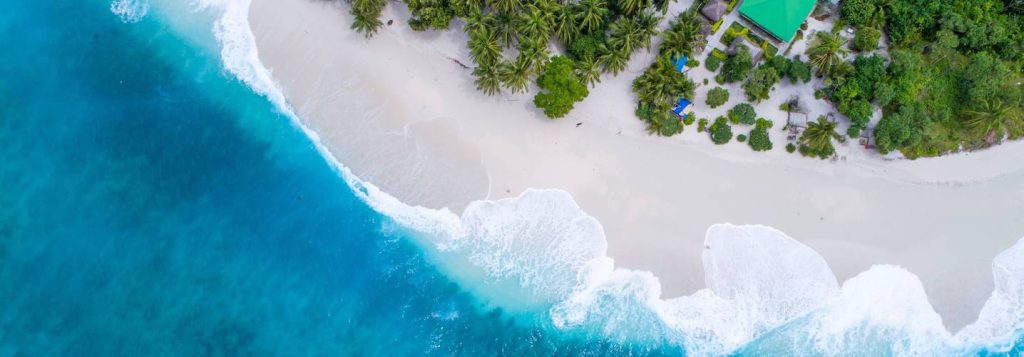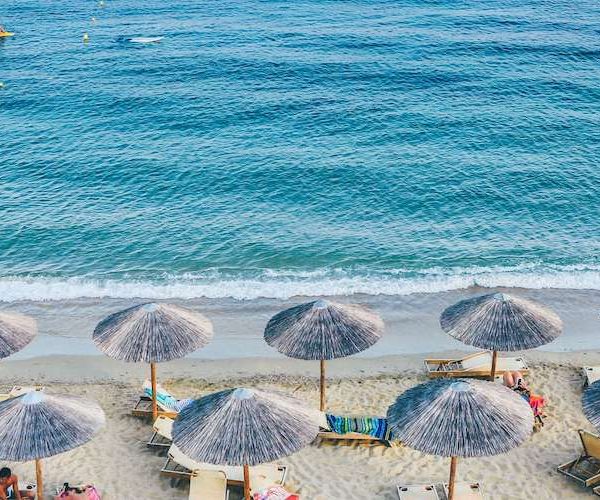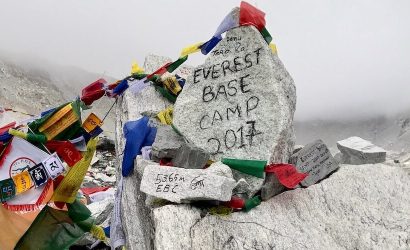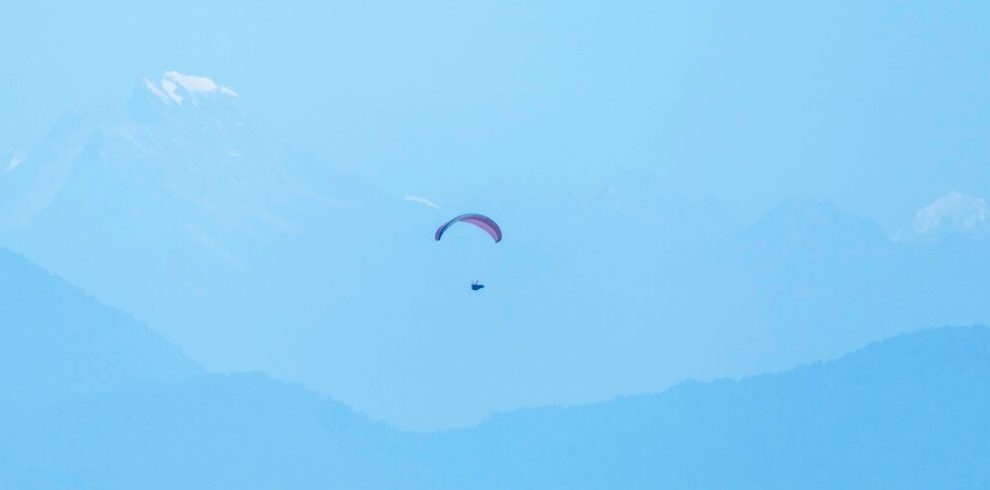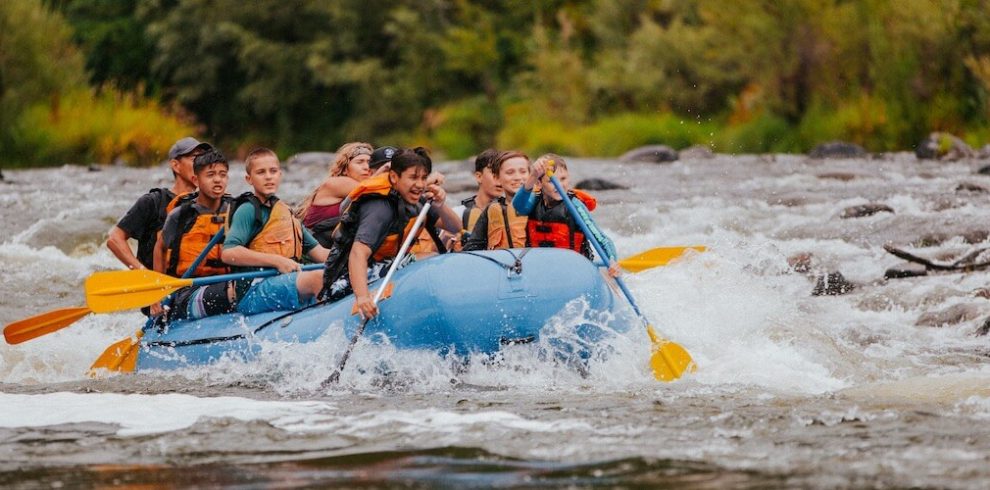Table of Content
- Introduction to Ghorepani Poon Hill Trek
- Highlights of the Trek
- Best Time to Do the Trek
- Trekking Route Overview
- Cultural Experiences Along the Trail
- Difficulty Level & Preparation Tips
- Internal & External Resources

Introduction to Ghorepani Poon Hill Trek
The Ghorepani Poon Hill Trek is one of the most popular short treks in Nepal. Nestled in the Annapurna region, this route is known for its breathtaking sunrise views over the Annapurna and Dhaulagiri ranges. The trek passes through rhododendron forests, waterfalls, and cultural villages, making it an ideal adventure for beginners and experienced hikers alike.
Highlights of the Trek
The highlight of the Ghorepani Poon Hill Trek is the magical sunrise from Poon Hill, where the golden rays of the sun light up peaks like Annapurna, Dhaulagiri, and Machapuchare. The trek also takes you through villages such as Ghorepani and Ghandruk, where you’ll experience the traditions of Gurung and Magar communities. Scenic trails lined with lush forests, terraced fields, and streams make this journey both refreshing and rewarding.
Best Time to Do the Trek
The best time to experience the Ghorepani Poon Hill Trek is during autumn (September to November) and spring (March to May). These seasons offer clear skies, pleasant weather, and blooming rhododendrons that make the landscapes even more beautiful.
Trekking Route Overview
The Ghorepani Poon Hill route usually starts from Nayapul, moving through Tikhedhunga, Ghorepani, and Poon Hill, before continuing to Tadapani and Ghandruk. The trek can be completed in about 4 to 5 days, which makes it a perfect choice for travelers with limited time. Along the way, trekkers enjoy stunning views of the Himalayas and the warm hospitality of local villagers.
Cultural Experiences Along the Trail
One of the best parts of the Ghorepani Poon Hill Trek is the chance to immerse yourself in Nepalese culture. In villages like Ghorepani and Ghandruk, you’ll find homestays and lodges run by locals, serving traditional food and showcasing their customs. Meeting the Gurung and Magar people adds a cultural depth to this scenic trek.
Difficulty Level & Preparation Tips
This trek is considered easy to moderate in difficulty. Daily hikes range from four to six hours, making it manageable for families, first-time trekkers, and solo travellers. Preparing with regular walks or cardio workouts helps. Packing essentials such as trekking shoes, warm jackets, and a reusable water bottle is important. Hiring a local guide or porter can also enhance the experience.
- Bus, Airlines
- 3 Stars Hotels
- 5,416 metres
- Kathmandu
- Feb, Mar, Apr & May
- Eco-Tour, Hiking
- All meals during the trek
- English, Spanish, French, Chinese
- Easy to Moderate
- 2-15
- 12
- 65
Overview
Travel is the movement of people between relatively distant geographical locations, and can involve travel by foot, bicycle, automobile, train, boat, bus, airplane, or other means, with or without luggage, and can be one way or round trip. Travel can also include relatively short stays between successive movements.
The origin of the word “travel” is most likely lost to history. The term “travel” may originate from the Old French word travail, which means ‘work’. According to the Merriam Webster dictionary, the first known use of the word travel was in the 14th century.
Highlights
- Trek to the world-famous Everest Base Camp
- Enjoy the amazing view of the Himalayas from Kala Patthar
- Travel through the Sherpa villages of Namche, Khumjung, Khunde, and Dingboche
- Visit Tengboche the biggest and oldest monastery n the region.


